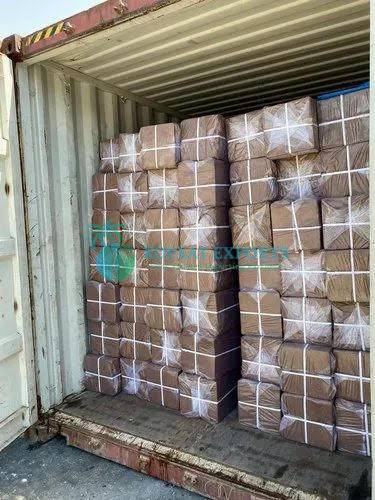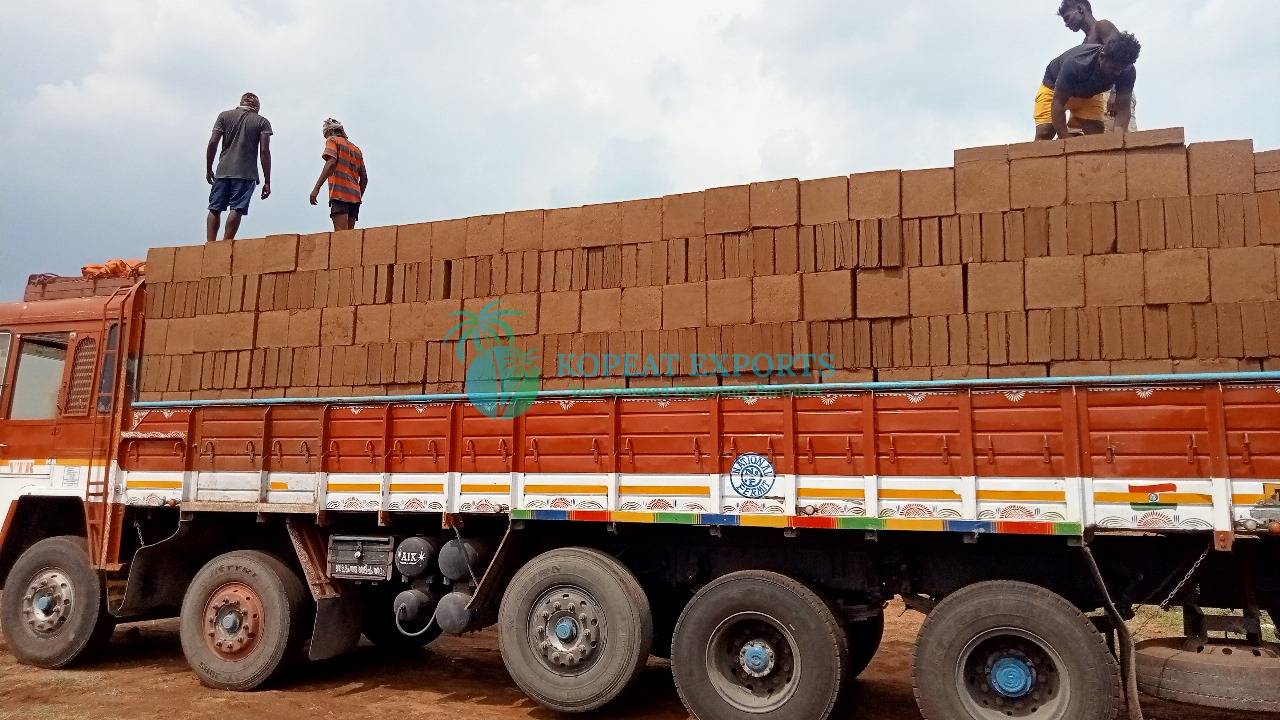What is coco peat, and how is it manufactured?
Coco peat is a byproduct of coconut husks and is used as a growing medium in gardening and agriculture. It is manufactured by shredding and screening the coconut husks and then washing and drying the resulting material.
What are the benefits of using coco peat in gardening and agriculture?
Coco peat has excellent water retention capabilities and helps to improve soil structure and aeration. Italso has a neutral pH level, making it suitable for a wide range of plants. Additionally, coco peat is an ecofriendly and sustainable product that reduces water usage in agriculture and helps to lower the carbon footprint of farming.
Is coco peat an eco-friendly and sustainable product?
Yes, coco peat is an eco-friendly and sustainable product. It is made from a renewable resource, coconut husks, and is biodegradable. Additionally, the use of coco peat in agriculture helps to reduce water usage and lower the carbon footprint of farming.
How does coco peat compare to traditional soil in terms of water retention and nutrient content?
Coco peat has excellent water retention capabilities and can hold up to eight times its weight in water,making it superior to traditional soil. However, it has a low nutrient content and needs to be mixed with fertilizers and other nutrients to support plant growth.
Can coco peat be used as a standalone growing medium, or does it need to be mixed with other mater ials?
Coco peat can be used as a standalone growing medium, but it is recommended to mix it with other materials, such as perlite or vermiculite, to improve drainage and nutrient content
What is the shelf life of coco peat, and how should it be stored to maintain its quality?
Coco peat has a long shelf life of up to three years if stored in a cool, dry place away from direct sunlight.
Does your company offer customized coco peat blends or sizes based on customer needs?
Yes, our company offers customized coco peat blends and sizes based on customer needs. We work closely with our customers to create blends that meet their specific requirements.
Are your coco peat products organic and free from any harmful chemicals?
Yes, our coco peat products are organic and free from any harmful chemicals. We use only natural, organic methods to produce our coco peat products.
Can coco peat be used for hydroponic growing systems, and if so, what are the benefits?
Yes, coco peat can be used for hydroponic growing systems. The benefits of using coco peat in hydroponics include its excellent water retention capabilities, neutral pH level, and ability to support healthy rootgrowth.
What are the different types of coco peat products available, and how do they differ from each other?
The different types of coco peat products available include Buffered coco peat blocks, coco peat blocks, coco peat briquettes, grow bags and loose coco peat. They differ in their size and shape, but all have similar properties and benefits.
what are the different types of packing is available for coco pith 5kg block and growbag
There are various types of packing available for coco pith 5kg blocks and growbags, including:
1.Palletized packing: This involves stacking the 5kg blocks or growbags on a wooden pallet, usually wrap
ped with stretch film for protection during transit.
2.Plastic wrapping: Each 5kg block or growbag is individually wrapped in plastic to prevent moisture and
other contaminants from entering the package.
3.Bulk packing: This involves packing multiple 5kg blocks or growbags into larger bags or containers for s
hipment.
4.Customized packaging: Customers can also request for customized packaging options, such as printin
g their logo or brand name on the packaging material.
5.Bundle packing :Coco peat 5kg block bundle packing refers to the packaging of multiple coco peat bloc
ks into a single bundle, typically for ease of transportation and storage. This type of packing is commonly
used in the export of coco peat products.
The type of packaging used will depend on the customer’s specific needs and requirements.
https://www.cocoir.com/coco-coir-pith-production-process/
https://www.thecocodepot.com/blogs/knowledge/a-complete-processing-guide-on-coco-peat-production
Coco pith production involves several stages
1. Coconut Husk: The protective husk of the coconut is soaked with water and softened in the initial stageof coco peat / coir pith production process.
2. Fiber buster: Coir pith and coco fiber are separated through Fiber buster from coconut husk. Once cocofiber or coir pith is collected from the husk, it is dried, pressed into bricks, discs, coir pots or bagged as loose mulch.
3. Washing: For coco peat blocks / coir pith grow bags / coco peat bricks requiring a low conductivity, coirpith is washed with fresh water and neutralized with an EC level and allowed for drying process.
4. Testing: The material is tested for moisture content, electrical conductivity (EC), and pH level to ensurethat it meets the specifications. The products are manufactured under strict quality control standards at every stage.
5. Drying: Wet coir pith is dried under the sun or in a hot air drier machine under controlled conditions until it reaches the required moisture level.
6. Cleaning & Sieving: The dried pith material is cleaned from impurities, such as sand, weed, mud, stones, and other foreign particles, and dried again.
7. Testing: The cleaned coir pith is tested for impurities, electrical conductivity, and moisture content, and approved by the Quality Control (QC) team. The pith is then grouped as per its density.
8. Pressing: The right blend of coco coir pith, fibers, and chips are compressed into coco coir pith 5 kg blocks, coco coir pith 650 gm briquettes / bricks, coco coir grow bags, or coco coir husk chips as per the customer requirement.
9. Testing: The compressed blocks are checked under stringent quality control standards and tested for moisture and impurity randomly.
10. Packing: The final product is packed as per clients’ requirement and checked often to meet the packing requirement. Coco peat blocks are packed in pallets or floor loading as per the requirement.
Export Stages
1. Packing: The sieved pith is then packed in compressed blocks or bales of various sizes as per the customer requirements.
2. Loading: The packed coco pith is loaded onto containers and shipped to the destination country.
3. Documentation: All necessary documentation such as invoice, packing list, and bill of lading are prepared and provided to the customer.
4. Transportation: The containers are transported to the port and loaded onto the vessel for shipment.
5. Customs Clearance: The shipments go through customs clearance procedures in the exporting and importing countries.
6. Delivery: The shipment is delivered to the customer’s destination, and the customer receives the cargo after completing the necessary customs clearance procedures in the importing country.
instructions for buying from KOPEAT EXPORTS
- Browse our website and choose the products you are interested in purchasing.
- Contact us through our website, email, or phone to request a quote for your desired products.
- Once you receive the quote, review the details and confirm your order.
- Provide us with the necessary information, such as shipping address, payment method, and any other relevant details.
- We will provide you with a proforma invoice and shipping details.
- Make the payment as per the agreed terms and conditions.
- Once the payment is received, we will proceed with the order and prepare the shipment.
- We will provide you with the necessary shipping documents and keep you updated on the shipment status.
- Upon arrival, inspect the goods and provide feedback to us.
- We are committed to providing high-quality products and excellent customer service, so do not hesitate to contact us for any concerns or inquiries.



